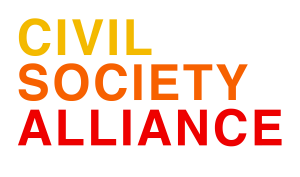Why Transparency matters
We believe transparency is the first
step to transform the industry.
And it starts with one simple question:
Who made my clothes?
This is our focus for the next five years. We believe this simple question gets people thinking differently about what they wear. We need to know that as consumers, our questions, our voices, our shopping habits can have the power to help change things for the better. With more consumers encouraging brands to answer ‘who made my clothes?’, we believe Fashion Revolution has the power to push the industry to be more transparent.
Downloads
Although our resources are free to download, we kindly ask for a £3 donation towards booklet downloads. Please donate via our donations page
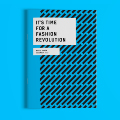
Fashion Revolution White Paper on transparency in the fashion supply chain.
Published December 2015.
Download. Also available in Spanish and Portuguese

The situation now:
We don’t know enough about the impact
our clothing has on people and planet
While we are seeing companies share their policies and commitments on human rights and the environment, there is still much crucial information about the practices of the fashion industry that remains concealed — particularly when it comes to impact on the lives of workers in the supply chain and on the environment.
The Fashion Transparency Index 2017 reviews and ranks 100 of the biggest global fashion and apparel brands and retailers according to how much information they disclose about their suppliers, supply chain policies and practices, and social and environmental impact.
We assessed brands across five key areas:

The results aren’t that surprising: the average score for all 100 brands is 49 out of 250, proving that there is still a lot of work to be done.
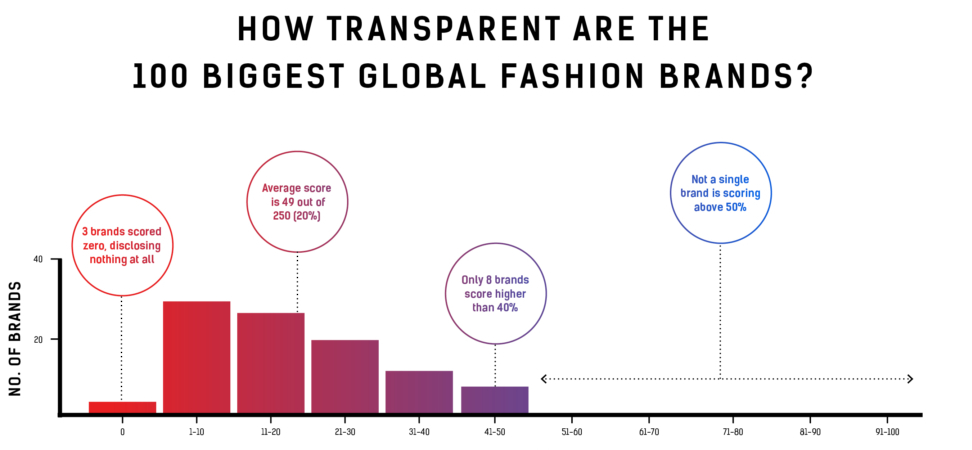
The good news is that 32 of the 100 brands in the Fashion Transparency Index 2017 are publishing supplier lists — at least at the first tier where clothes are typically cut, sewn and trimmed. This is an increase from last year in which just five of the 40 companies reviewed were publishing supplier lists.
In total 106 major apparel brands publish a supplier list, find out who’s publishing here. (Current as of June 2017)
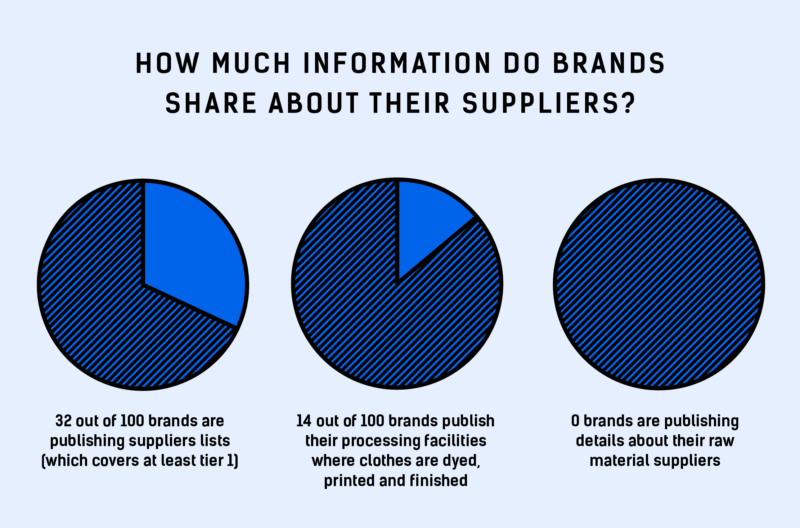
This year 14 out of the 100 brands are also publishing their processing facilities where clothes are dyed, printed, laundered and otherwise finished at an earlier stage of production. No brand publishes its raw material suppliers, so there is no way of knowing where our cotton, wool or other fibres come from or who produces them. There are also lots of middle-men involved in the journey of our clothes. Wholesalers, agents and distributors are important and profitable roles in the clothing industry that the public doesn’t really see.
There is still so much we don’t know about the people who make our clothes, from farm to retail.
Why we need transparency
Lack of transparency costs lives. It’s impossible for companies to make sure human rights are respected and that environmental practices are sound without knowing where their products are made. That’s why transparency is essential.
Transparency means companies know who makes their clothes – from who stitched them right through to who dyed the fabric and who farmed the cotton — and under what conditions. Crucially, it requires brands to share this information publicly.
If we know the facilities where our clothes are being made, if we have access to factory, mill and farm lists where brands are sourcing then the public can help hold the industry to account for bad practices and encourage good practices.
This is what Fashion Revolution is asking for.
Transparency is not the end game
Transparency alone does not represent the sort of structural, systemic change we would like to see for the fashion industry — but it helps us get there. Transparency helps to reveal the structures in place so we can better understand how to change them. Transparency shines a light on issues often kept in the dark. It is an important first step towards positive change.
Ultimately, Fashion Revolution believes that the whole fashion industry needs a radical paradigm shift and that the way that we produce and consume clothes needs to be transformed. This means business models will need to change and a multiplicity of solutions will be required.

Here are some ways that companies can demonstrate their commitment to transparency:
- Answer your customers’ #whomademyclothes questions with specific information, not just your policies.
- Share photos and personal stories of workers in your supply chain using the hashtag #imadeyourclothes
- Make one product completely transparent. Companies could do this through tools like Provenance, Caretrace or QR codes.
- Make at least one whole supply chain transparent. Companies could do this through tools like String , Sourcemap or Cot
ton Connect. - Publish your suppliers publicly – in a searchable format.
- Publish even more details about your suppliers, including the results of your supplier assessments. Make this information easy-to-understand.
- Publish more information about the real-world effects of your supply chain practices.
- Offer your customers both product and price transparency, like the pioneering brand Honest by.
- Publish direct contact details for your CSR department on your website should anyone want to find out more about your products and practices.
Transparency is a process
We recognise that being transparent is difficult. As a business, you might fear transparency because you don’t want it to jeopardise your competitiveness, or because you might not be able to answer workers or suppliers if questions are asked, or because it might uncover issues you don’t know how to resolve. We know it can be complicated.
But we live in an era when personal and corporate secrets can be unravelled with a few lines of code or clicks of the mouse, and so today, it is only a matter of time before the public discovers the facts.
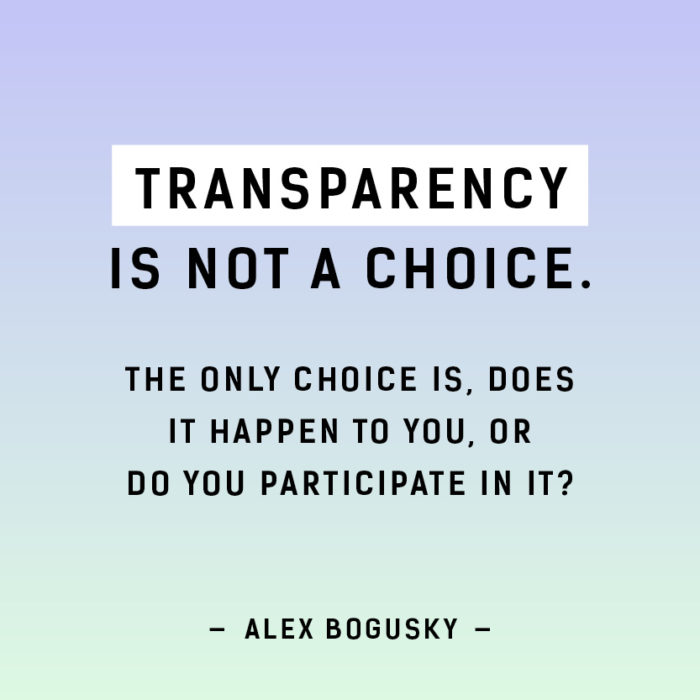
There’s no excuse anymore. As a company, your greatest fear should be that more tragedies like Rana Plaza will happen again, and you’ll be complicit. Fashion Revolution is here to help companies see through these fears. We’re here to show that knowing who makes your clothes is a first important step towards ensuring these kinds of tragedies are no longer possible.
Not only is transparency about understanding and reducing any risk to your company reputation but it can also be good for business. Knowing who makes your clothes and where, being in better touch with your supply chain, means you can understand it more clearly and make more informed business decisions.
Everyone keeping
companies accountable
together
We believe that greater transparency will lead to more accountability and eventually, this will lead to a change in the way business is done.
Fashion Revolution is here to encourage the companies who are making real efforts to be more transparent about who makes their clothes. It’s up to shoppers to make sure companies are doing what they say they are.
Ultimately, everybody needs to play a part in holding the industry to account for its business practices and impacts — the public, NGOs, certification bodies, industry associations, trade unions, producers, suppliers, communities and even brands themselves.
Find out more about how you can use your voice to push for greater transparency.






